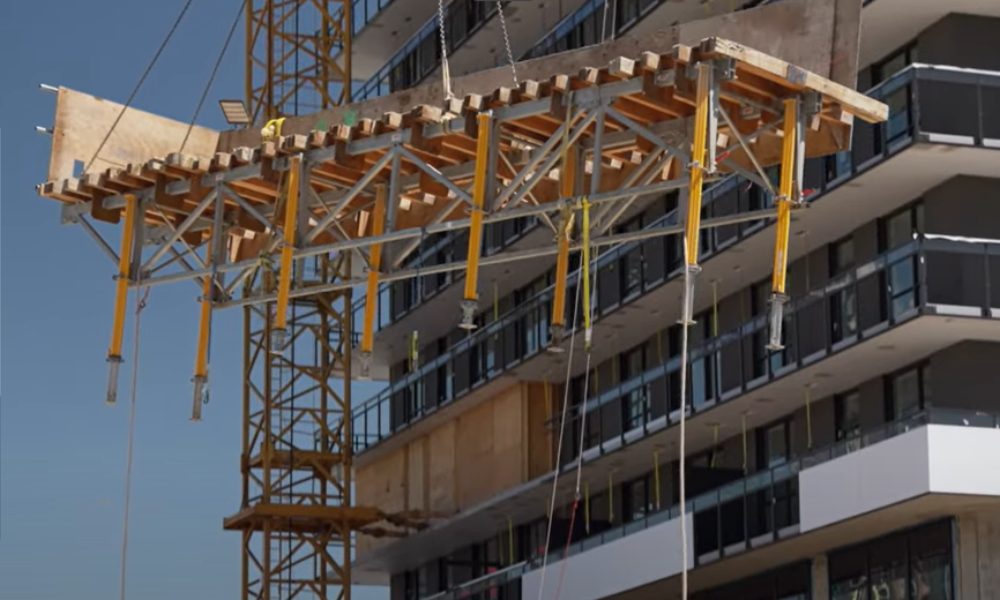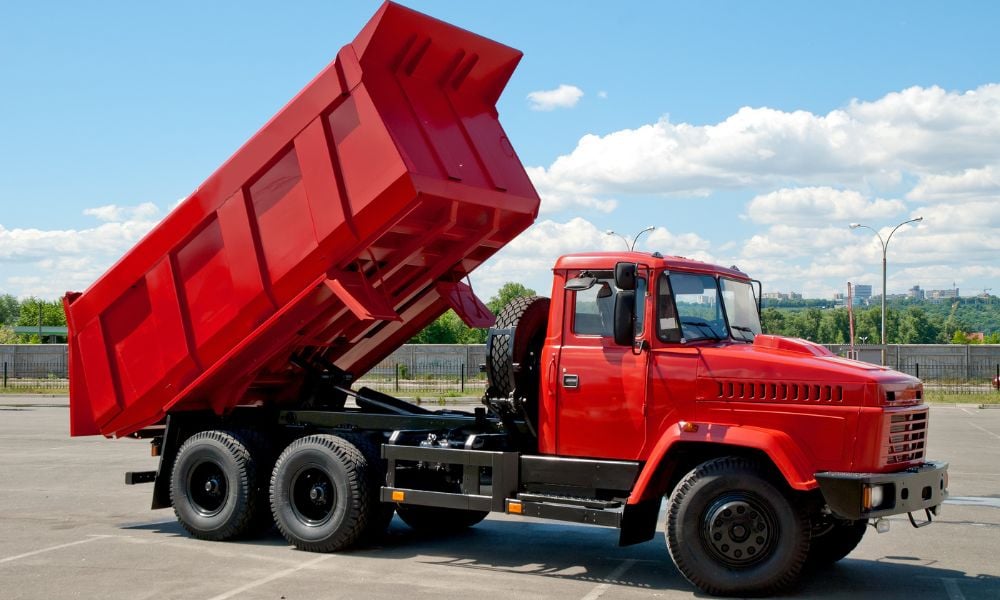'The awareness started off with some incidents and some near misses,' says WorkSafeBC's Andrew Kidd

WorkSafeBC is stepping up efforts to improve safety around flytable operations in British Columbia’s construction sector with the release of a new educational video. Flytables—also known as moulds—are large, heavy tables used in high-rise formwork that require precise coordination and robust safety protocols. The new video aims to help employers, supervisors, and workers better understand and manage the unique hazards associated with flytable cycling.
The impetus for the video comes from a series of incidents and near misses involving flytables, including a fatal event at a Vancouver construction site in 2024, where a flytable fell 26 storeys, resulting in the death of Yuridia Flores. A WorkSafeBC investigation into the incident revealed several critical safety failures, such as inadequate planning, lack of clear contractor responsibility, and workers entering hazardous ground control zones. The incident highlighted the urgent need for improved oversight and training in flytable operations.
Andrew Kidd, director of prevention field services at WorkSafeBC, says the organization recognized the need for greater awareness after reviewing these incidents. “The awareness started off with some incidents and some near misses that we had recognized,” Kidd explains. “It was recognized by some people there and some engineers that there seemed to be a concern around the cycling of fly tables.”
To address these risks, WorkSafeBC’s Provincial Construction Advisory Team (PCAP) and industry stakeholders conducted a comprehensive review, including a “bow tie exercise” to identify hazards and controls. “It was recognized through that process that it was time to upgrade that, bring it into a more modern format, and to address the things that we were concerned about within the videos, and we engaged with industry to create that video,” Kidd says.
The video breaks down each phase of flytable cycling—drop, roll, lift, and land—while emphasizing critical controls such as exclusion zones, fall protection, engineering drawings, pre-lift planning, and effective communication. Kidd notes, “what came out of that is a recognition that cycling of fly tables, most of those lifts meet the definition of a critical lift, and when a lift meets that definition, there’s a requirement for pre-lift meetings and review of processes immediately before the lift itself.”
WorkSafeBC’s approach stresses shared responsibility at every level of a construction project. “Making sure that everybody played their part, not only in the planning and the review, but also making sure that there’s adequate coordination, communication, and also incorporating other parts of the act, like exclusion zones,” says Kidd.
Kidd also highlights the need for a robust safety culture: “From top down and right across through the employers, through the subcontractors, through everyone involved in that process, there is a robust system for planning, for oversight, for coordination, for communication and making sure, again, that that health and safety culture is there to ensure that all the steps are taken in place and that people feel empowered to identify when things aren’t right,” he says.
As construction projects grow more complex, WorkSafeBC’s message is clear: safety cannot be compromised for production. “If you are wondering who’s responsible for safety at the work site, it’s you. So everybody needs to pull together in the same direction to ensure safety,” Kidd concludes.
With this new video and ongoing safety initiatives, WorkSafeBC aims to prevent future tragedies by promoting education, planning, and a culture of shared responsibility in the construction industry.




